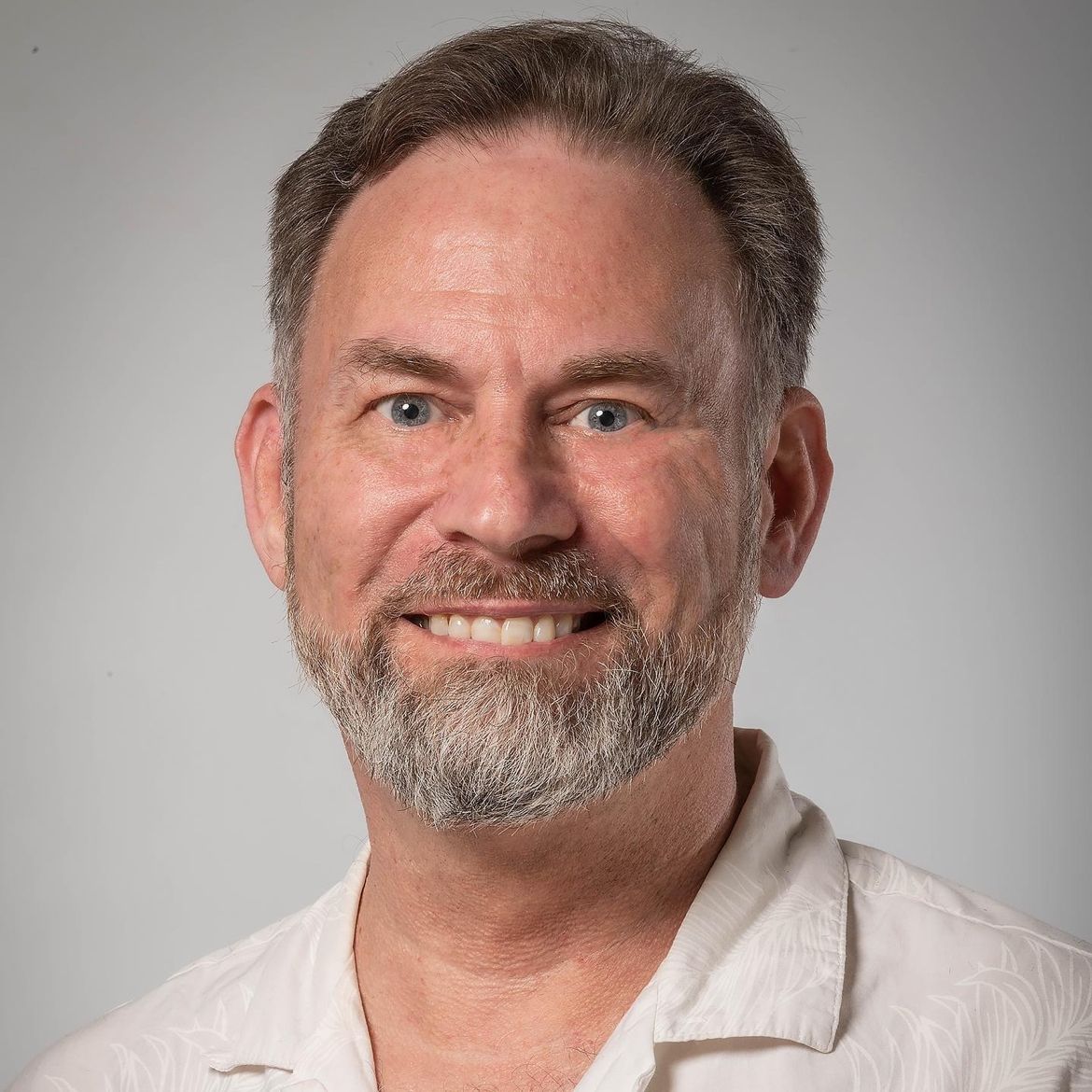Andrew F. Wood
 |
Chair & Professor Department of Communication Studies
|
Current Research Activities
While my research has generally focused on communication and the built environment, studying structural and perceptual flows whose apparently distinct locales convey inhabitants to a singular place, I have more recently begun to examine disruptions in those flows. Initially, I explored, somewhat optimistically, the production of “locale” in roadside architecture, arresting places whose evocations of home and community provide a nostalgic and therapeutic response to the stresses of contemporary life. More recently, though, I have concentrated on the somewhat more ambivalent rhetoric and performance of seemingly (but almost never actually) abandoned places. Currently I am interested in the uses, aesthetics, and ethics of “ruin-tourism” practiced in places like Detroit, Post-Katrina New Orleans, and the Chernobyl Exclusion Zone.
Research Connections to Current Events
While I bring a scholarly interest in theories and frameworks to the classroom, as well as a humanist belief that study and contemplation are valuable skills whose outcomes may not be “measured” or “assessed” in some contemporary meanings of the words, I recognize that many SJSU students (and some administrators) bring what they perceive to be more practical concerns to our interactions. Many folks struggle with the notion that we should cultivate a keen interest in the world beyond our material ambitions, to read, to travel, and to explore a wide range of topics for the pleasure of doing so, for the opportunities to join the human conversation of values, interpretations, and possibilities, without being forced to account for the energies expended in these endeavors as one would complete a spreadsheet. Of course, addressing this struggle is a challenge worth undertaking.
Personal Connections to Research
I recall a conversation with a senior colleague, now retired, in which I outlined some plans for research into the history and design of postwar motels, now often used as long-term apartments, halfway houses, and shooting galleries. Summarizing my plans, I noted how my interest in roadside architecture began during the years when my spouse and I drove between Ohio and Florida to see our families. I was quite surprised when my friend asked, “but didn’t you tell me that you lived in motels for a while?” I was amazed that I had somehow forgotten that dimension to my personal interest in the built environment. Fleeing an abusive relationship, moved by my mother to the relative safety of a Mom and Pop motel, I grew to appreciate the freedom evoked by roadside architecture – and the fear too. Coming to grips with that continuum of feelings is a personal factor shaping my research that long precedes the academic purposes of my work.